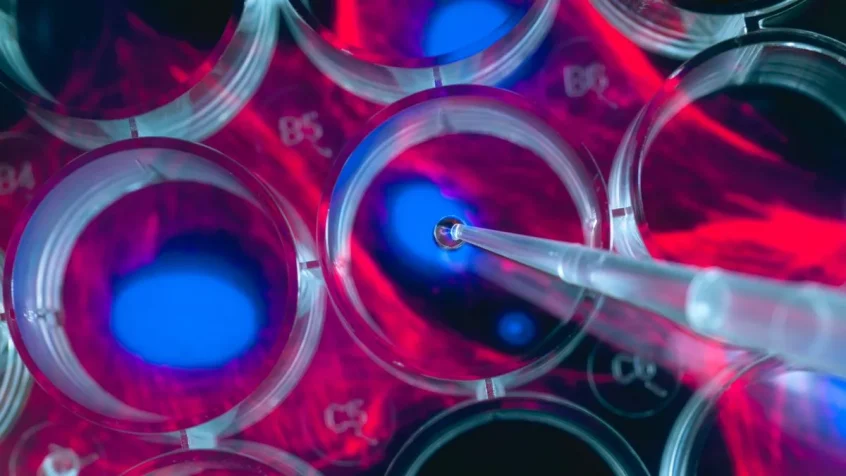We are so keen to find the elixir of life that I suspect we’ll go on looking well into the future for drugs that stave off the effects of ageing.
Edinburgh University researchers are the latest scientists to come up with age-defying drugs, this time using artificial intelligence. They have discovered how to safely remove old, defective, useless cells – known as “senescent” cells – linked to cancer, Alzheimer’s, failing eyesight and mobility.
A trio of chemicals that target faulty cells linked to a range of age-related conditions were found using their pioneering method, and the researchers claim they are hundreds of times cheaper than standard screening methods. Up to now, no way has been found to safely eliminate our senescent cells, and drugs that do this are often highly toxic against normal, healthy cells in the body.
The team has now devised a way of pinpointing safe senolytic drugs, which can target these senescent cells, using AI. They’ve developed a machine learning model by training it to recognise the key features of senolytic chemicals, using data from more than 4,000 chemical structures mined from previous studies.
The AI model identified 21 top-scoring molecules that it deemed to have a high likelihood of being senolytics with a potential for experimental testing. “This study shows that AI can be incredibly effective in helping us identify new drug candidates, particularly at early stages of drug discovery and for diseases with complex biology or few known molecular targets,” says Dr Diego Oyarzun, School of Informatics and School of Biological Sciences at Edinburgh University.
Lab tests on human cells revealed that three of the chemicals – called ginkgetin, periplocin and oleandrin – were able to remove senescent cells without damaging healthy cells. All three are natural products found in traditional herbal medicines, the team says. Oleandrin was found to be more effective than the best-performing known senolytic drug of its kind.
Dr Vanessa Smer-Barreto, from the Institute of Genetics and Cancer and School of Informatics at Edinburgh, added: “This work was borne out of intensive collaboration between data scientists, chemists and biologists. Harnessing the strengths of this inter-disciplinary mix, we were able to build robust models and save screening costs by using only published data for model training. I hope this will open new opportunities to accelerate the application of this exciting technology.”
Collaboration between many specialists in multiple disciplines is yet again the key to advancing treatments. It’s the only way cutting-edge research can prosper.

